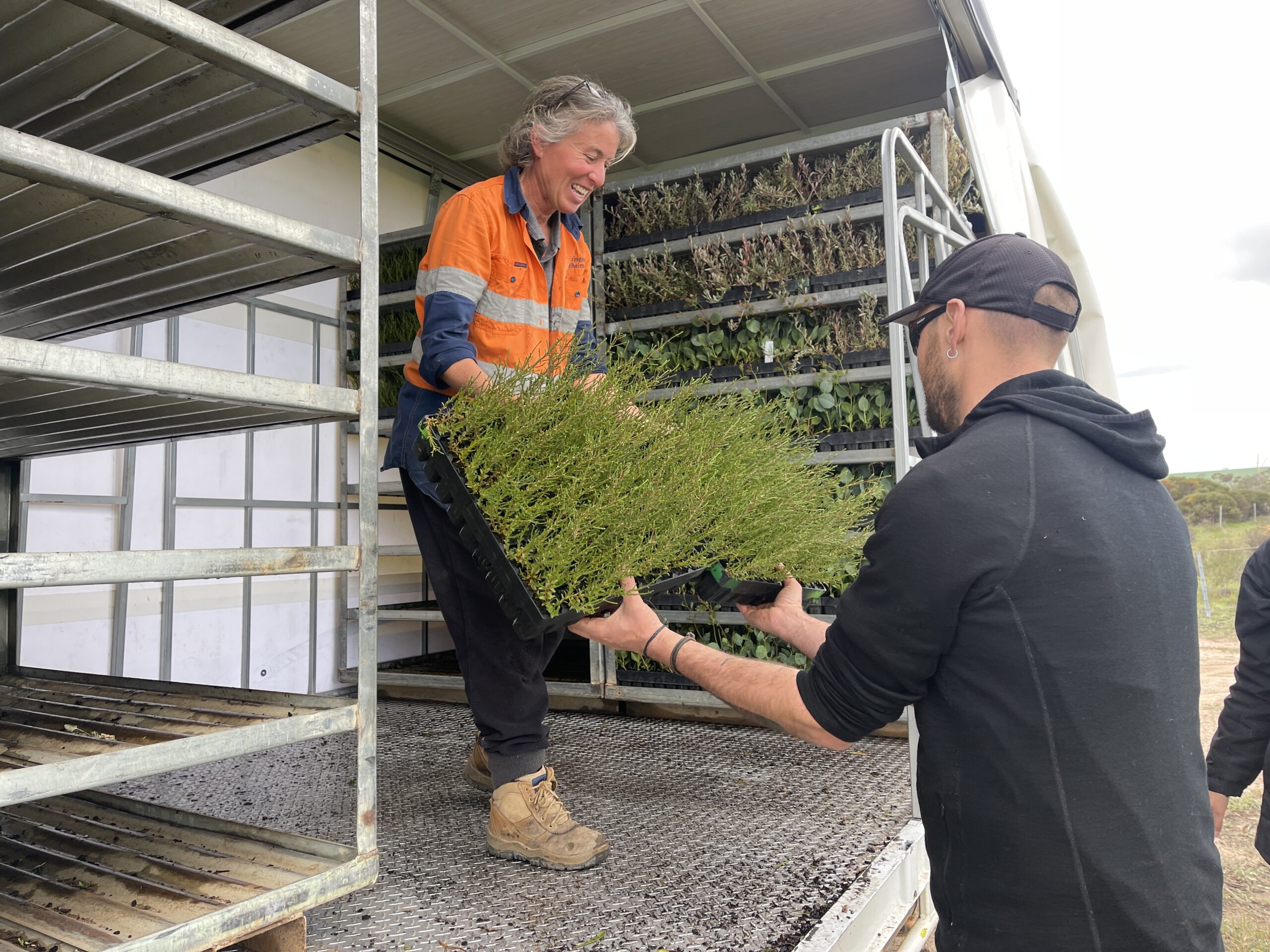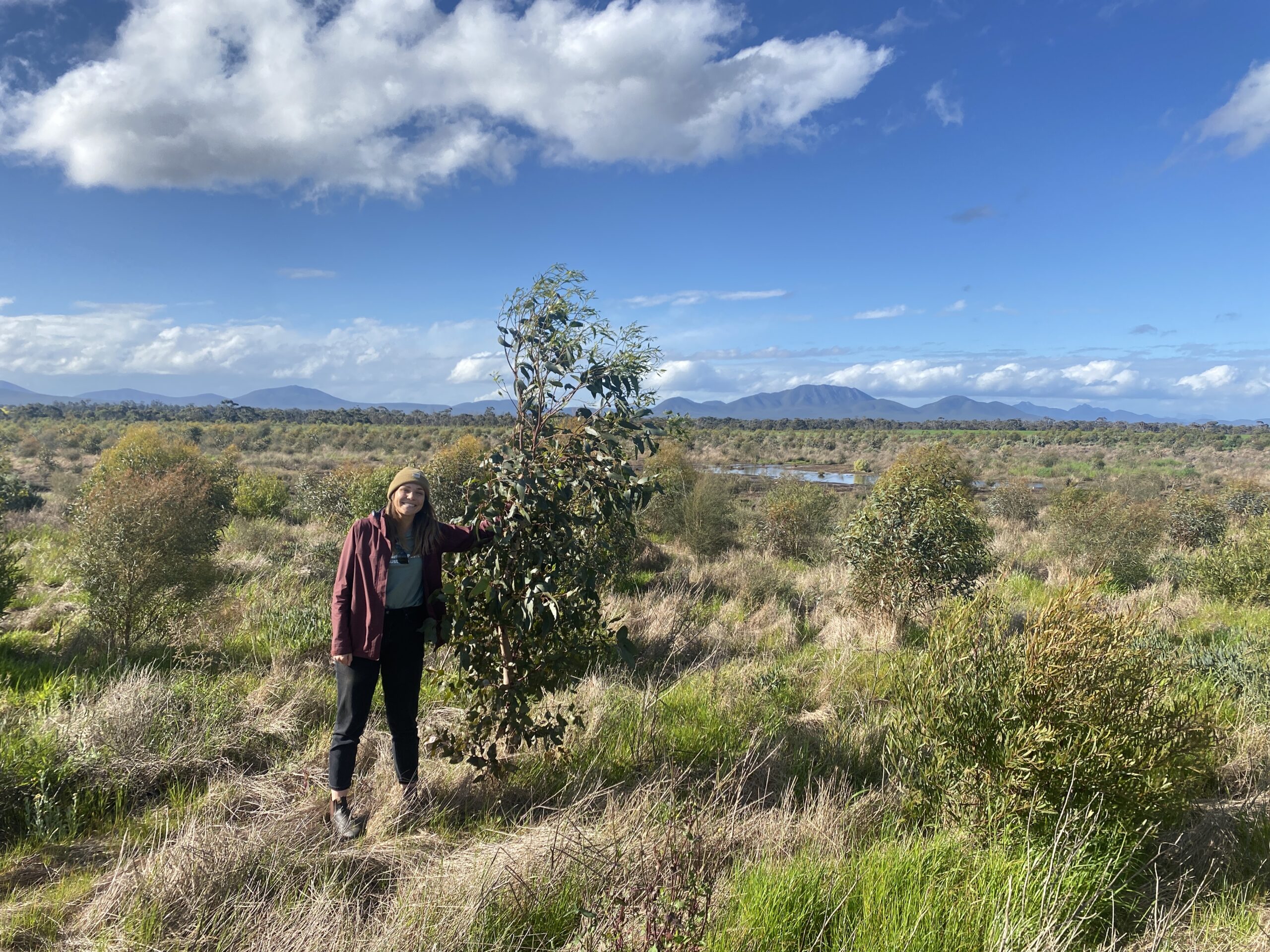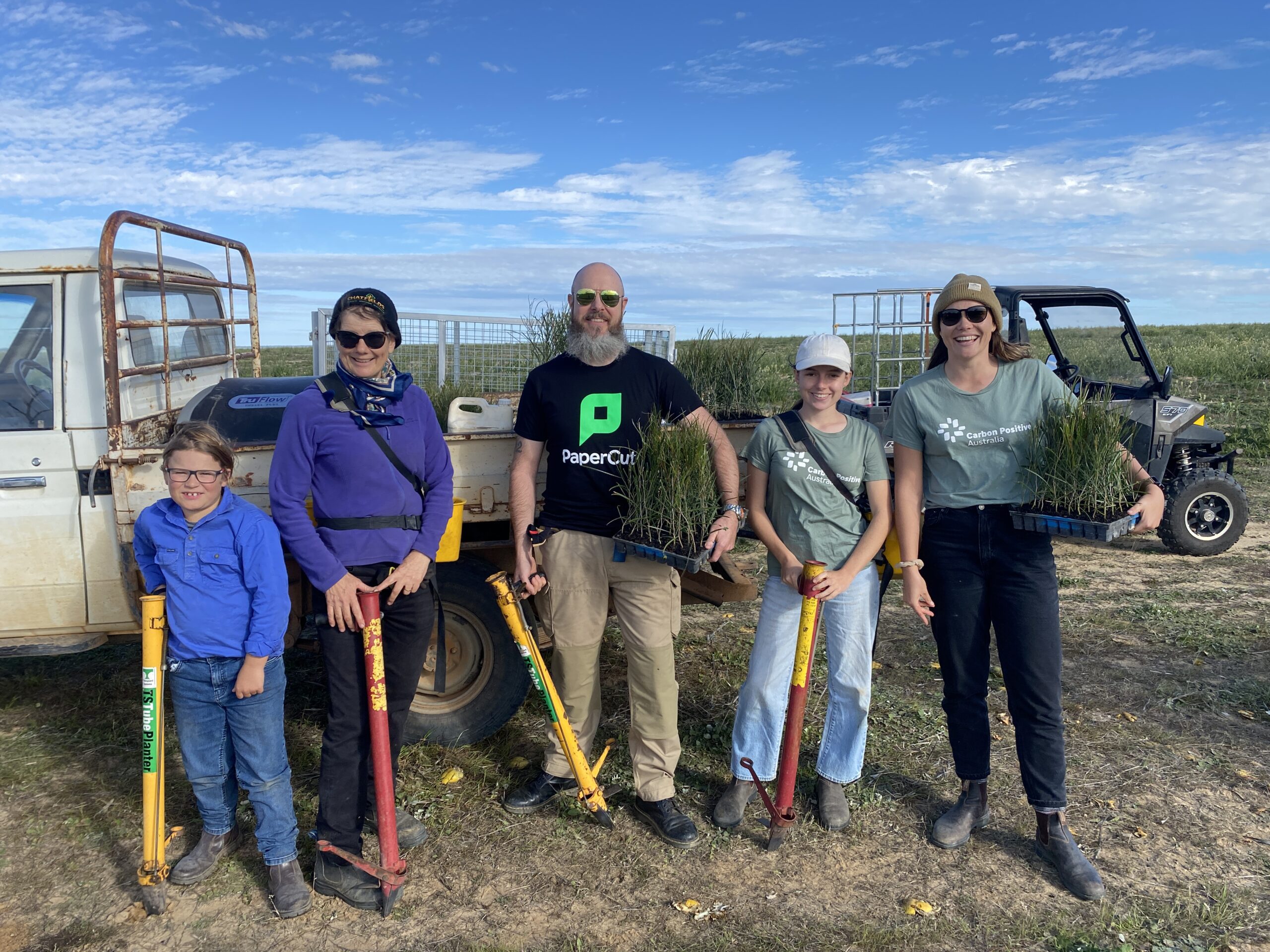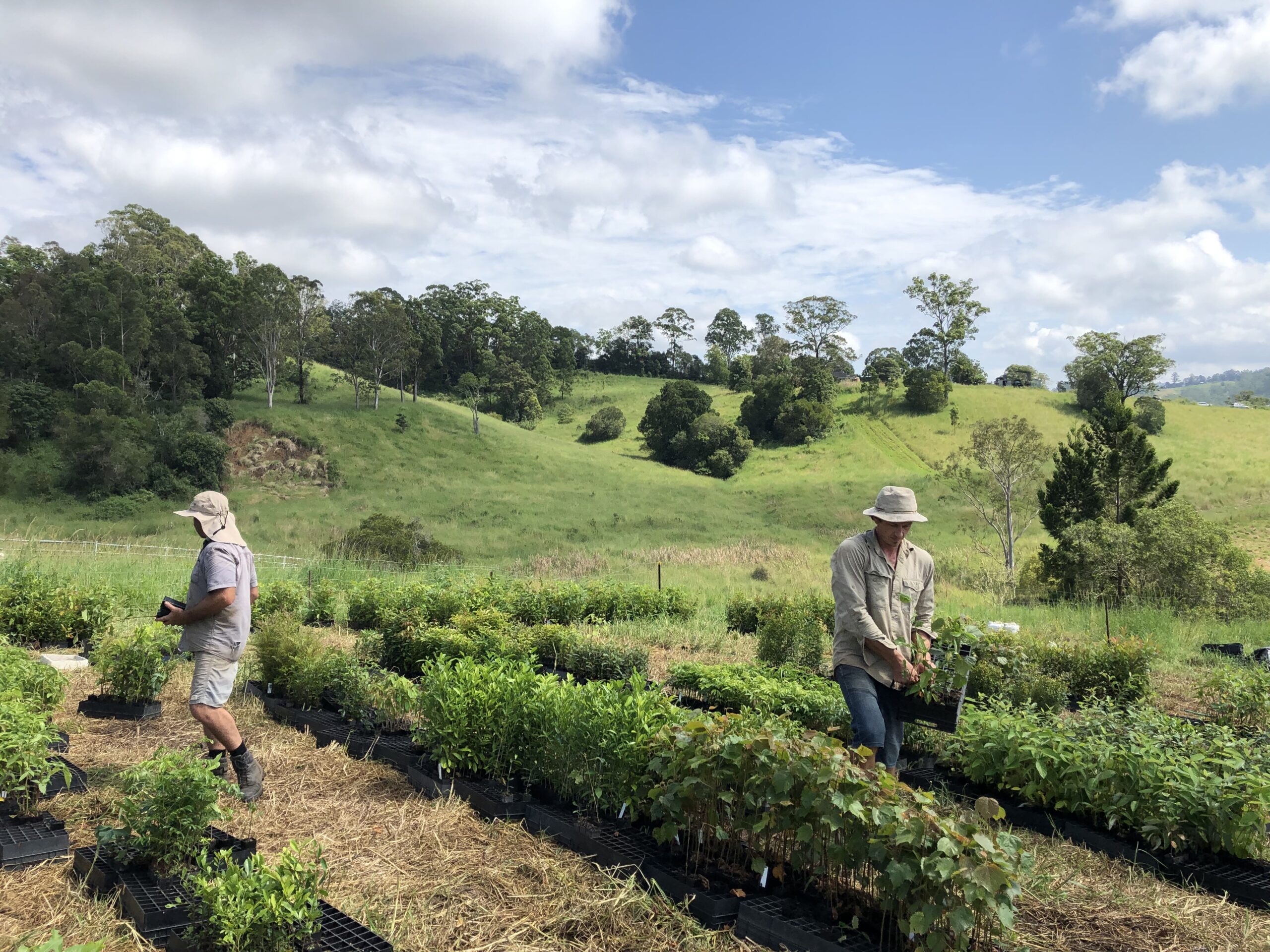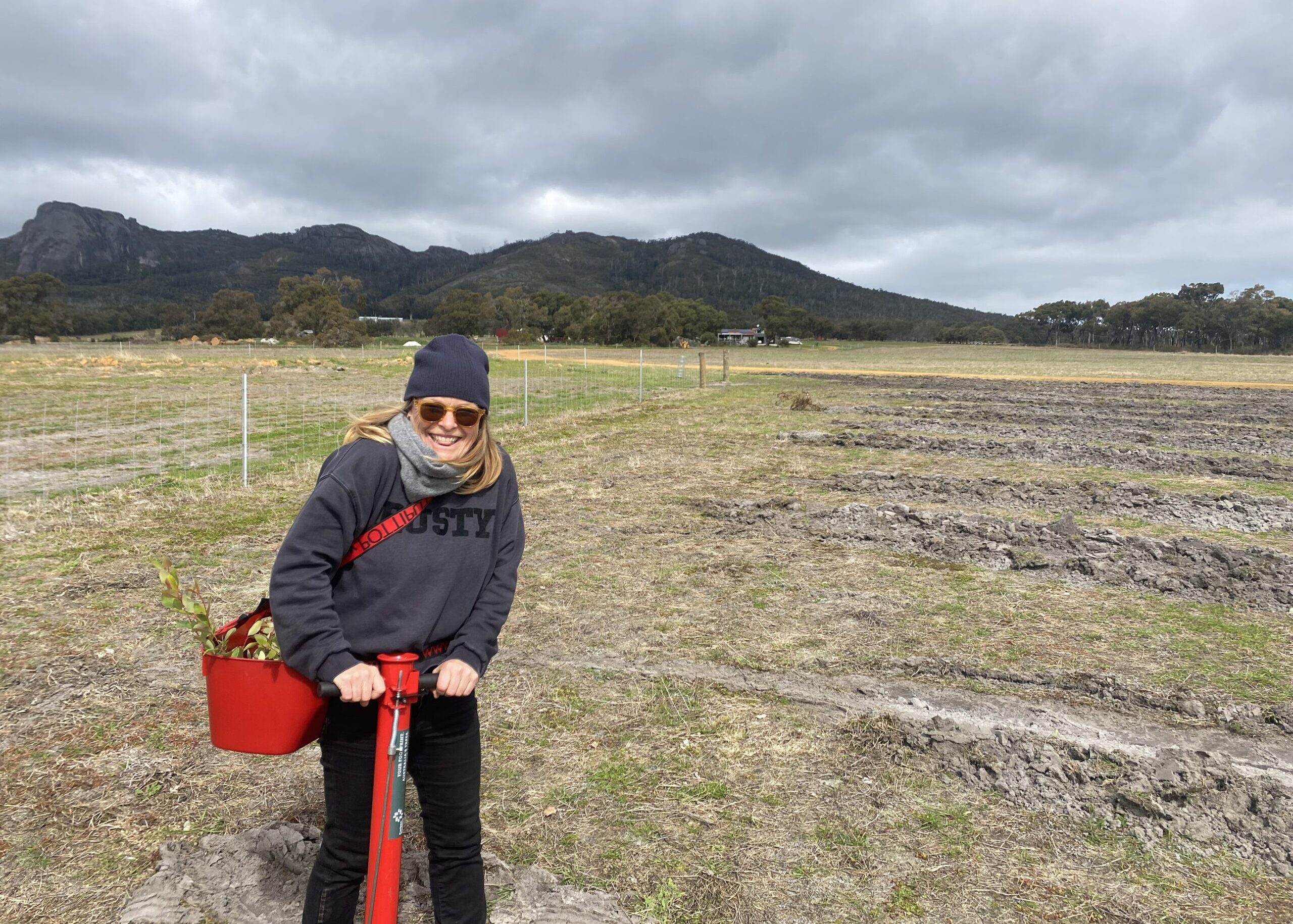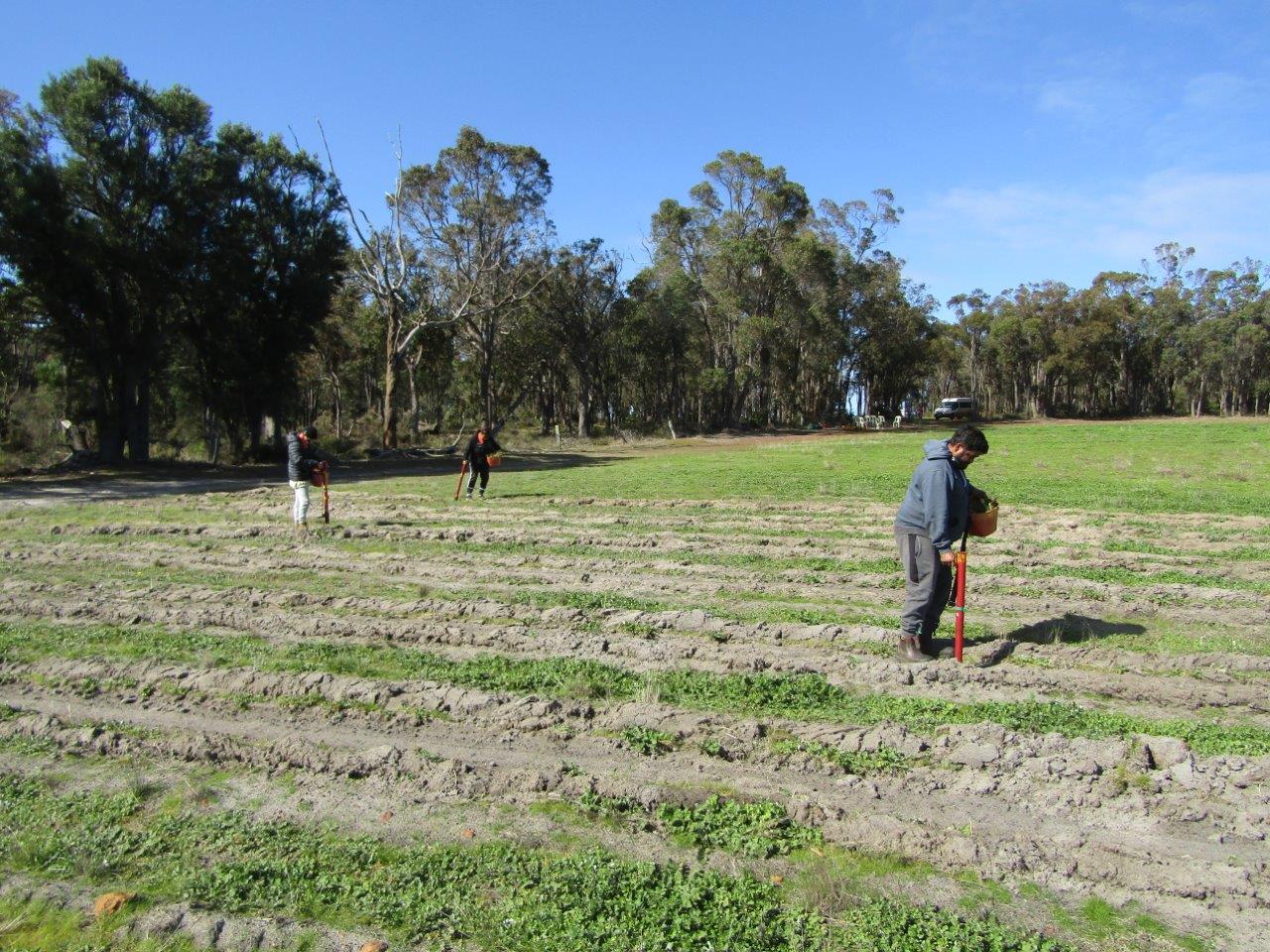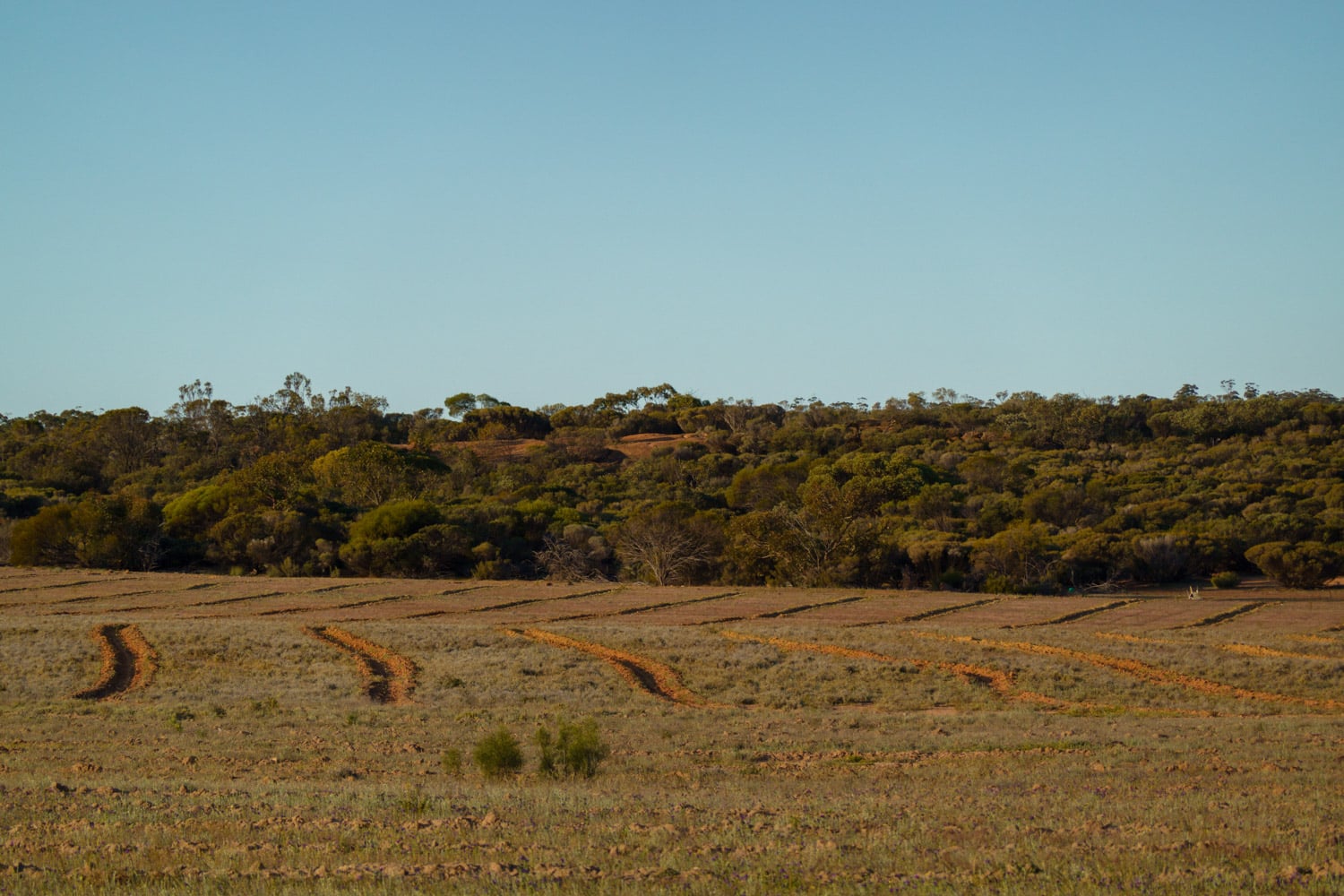Your Footprint. Australia’s Trees. Our Future.
Our current planting projects
Each year we undertake and support a range of projects that increase canopy cover and biodiversity, and that have positive climate, health and wellbeing outcomes.
We support a number of landholders to develop at scale, mixed native species planting projects on their land.
These projects are funded by donors who wish to fund restoration projects and/or offset their carbon footprint by investing in tree planting projects. These funds pay for all site preparation, planting and monitoring costs. Landholders maintain full ownership of the land, but must sign an Agreement signifying their commitment to protecting the trees.
Please note that Carbon Positive Australia does not accept donations from oil and gas project developers, and/or those organisations not committed to genuine carbon reduction.



